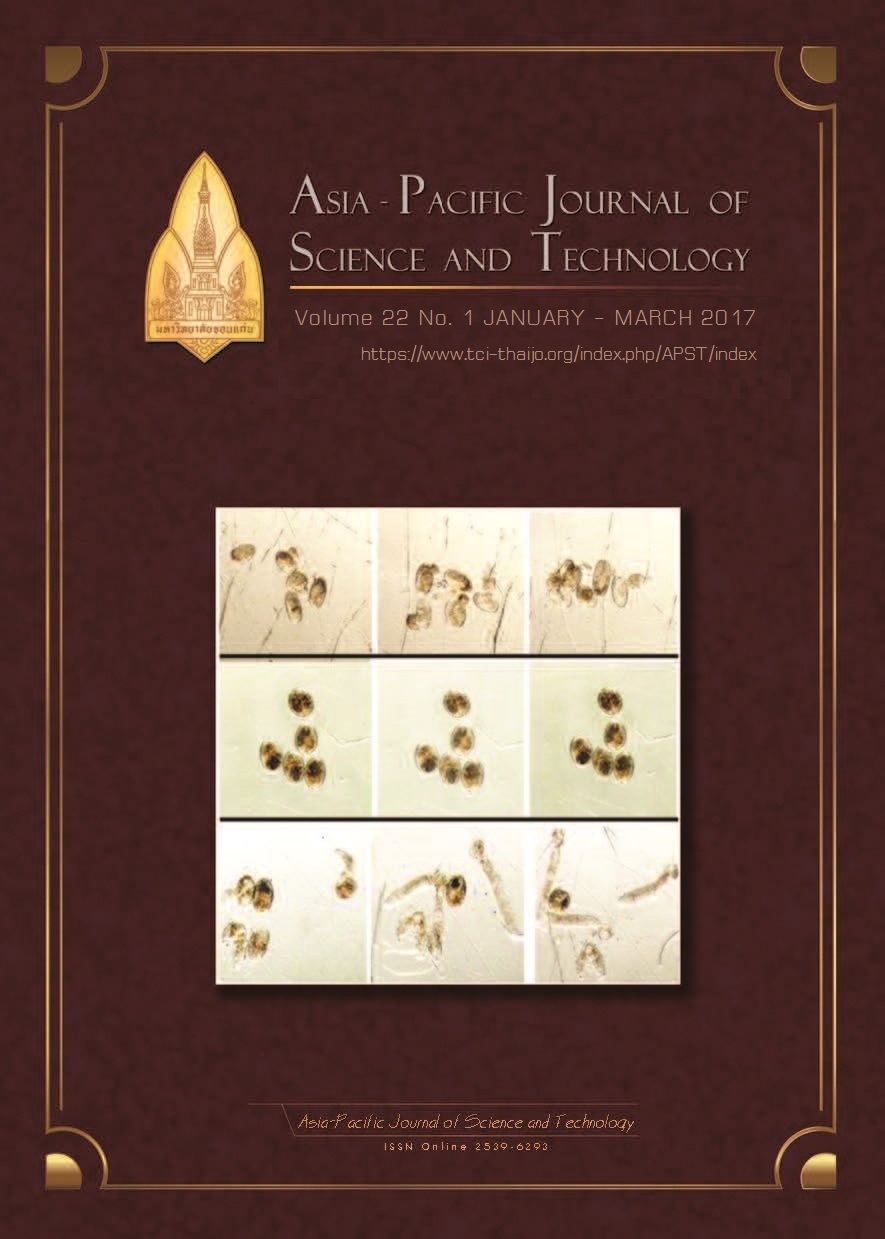Evaluating the efficiency of slope-farming in Nghia Dan district, Nghe An province, Vietnam
Main Article Content
Abstract
Cultivation on slopes has not only brought income to mountain people but also protected the environment by reducing soil erosion and surface runoff. Nghia Dan District is located northwest of Nghe An, one of Vietnam's central provinces, in which over 66% of natural land is sloping (slopes from 3o to more than 25o). In this project, we analyzed the patterns of cultivation used on the slopes in Nghia Dan, identifying the ones with the highest economic efficiency, effective social impact and environmental effectiveness. Initial results showed that there are up to 11 land use types (LUTs). Land with slopes 3o‑8o is suitable for cultivating rice in the spring and summer and then corn and soybeans in the winter. At slopes of 8o‑15o, the most efficient LUT is medium sugarcane. At slopes 15o-20o, orange groves are the best choice.
Article Details
References
[2] FAO., 2000. The the state of food and agriculture FAO.
[3] Nghia Dan district agricultural division. Final report 2014
[4] Ngo Si Hoai, Don The Phong. Cultivation on the sloping land., 1995. VietNam. Agriculture Publishing House. (Ngô Sĩ Hoài, Đôn Thế Phong, Đào Xuân Trường, Trương Văn Bảy. Hướng dẫn canh tác nông nghiệp trên đất dốc. Nhà xuất bản nông nghiệp 1995)
[5] Thai Phien, Nguyen Tu Siem. Sustainable cultivation on sloping land in VietNam., 1998. VietNam Agriculture Publishing House. (Thái Phiên, Nguyễn Tử Siêm, 1998, Canh tác bền vững đất dốc Việt Nam. Nhà xuất bản nông nghiệp)


